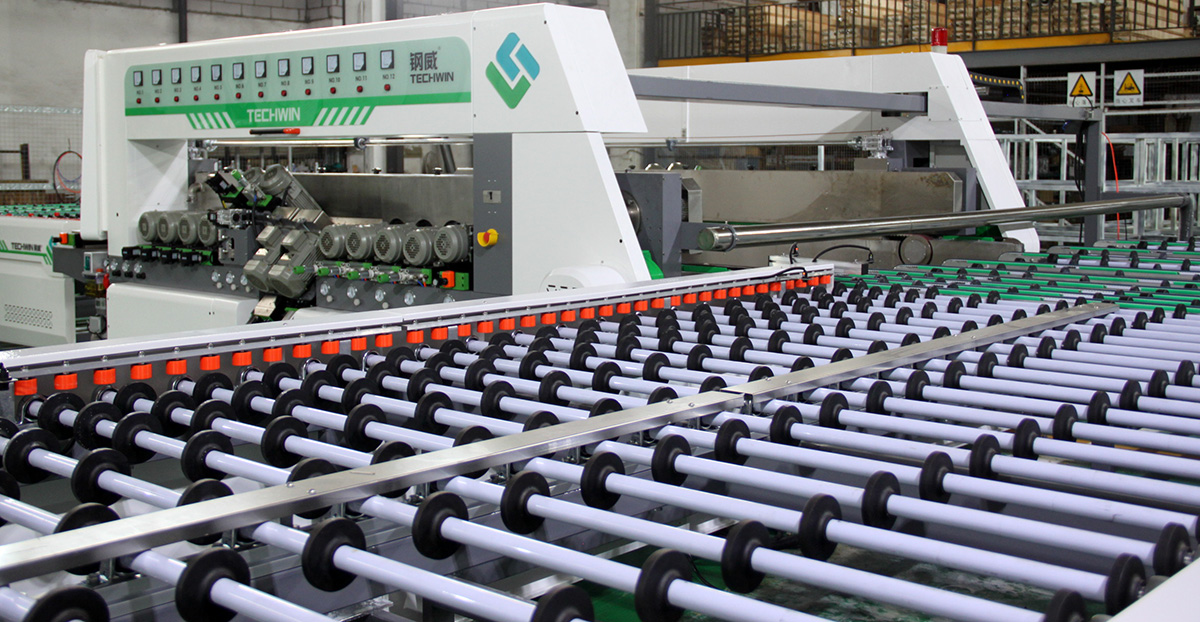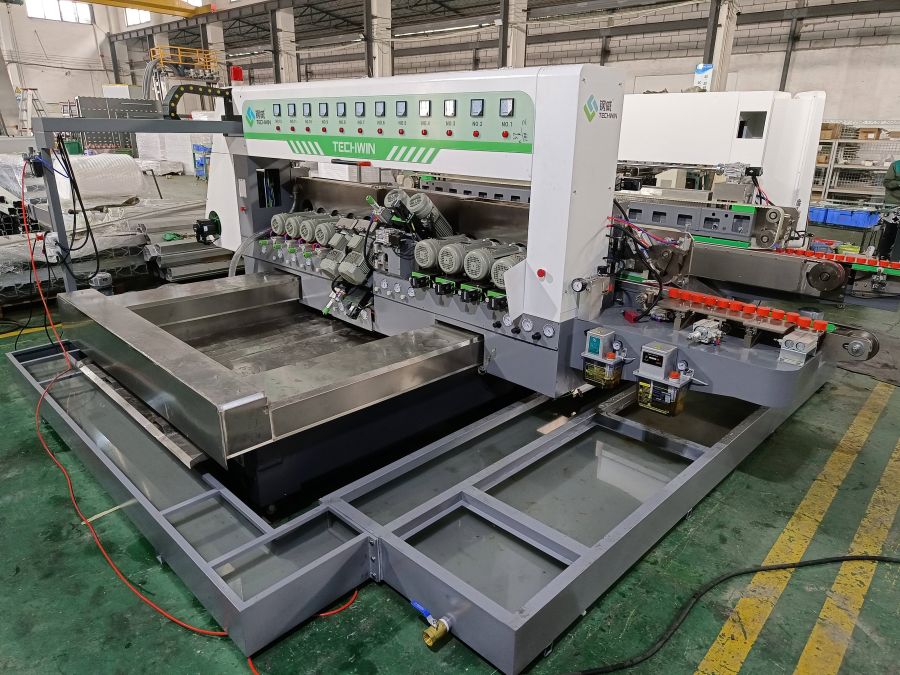Glass sandblasting machine is a tool used for etching, frosting, or engraving glass surfaces. It uses a stream of abrasive material such as sand, aluminum oxide, or silicon carbide to create a desired pattern or design on the glass surface.

Usage:
Glass sandblasting machine is commonly used in various industries such as architecture, automotive, and art. It is used to create decorative patterns on glass doors, windows, mirrors, and other glass surfaces. It is also used to create custom designs on glassware, such as wine glasses and beer mugs.
–
Maintenance:

To maintain the efficiency and longevity of the glass sandblasting machine, it is important to keep it clean and well-maintained. This includes regularly cleaning the abrasive material storage area, checking and replacing worn-out nozzles, and ensuring that the air compressor is functioning properly. It is also important to follow the manufacturer’s instructions for maintaining the machine.
Structure:
–
The structure and design of a glass sandblasting machine can vary depending on the manufacturer and model. However, most machines have similar components and features.
–
The main components of a glass sandblasting machine include:
Abrasive material storage tank: This is where the abrasive material such as sand, aluminum oxide, or silicon carbide is stored.
–
Abrasive material delivery system: This system delivers the abrasive material to the blasting nozzle.
–
Blasting nozzle: This is the part of the machine that directs the abrasive material onto the glass surface.
–
Air compressor: This provides the air pressure needed to propel the abrasive material out of the nozzle.
–
Control panel: This allows the operator to adjust the air pressure, abrasive material flow rate, and other settings.
–
In terms of design, glass sandblasting machines can be either manual or automatic. Manual machines require the operator to hold the blasting nozzle and move it across the glass surface to create the desired pattern or design. Automatic machines, on the other hand, use a computer-controlled system to move the blasting nozzle and create the design.

How to use:
To use a glass sandblasting machine, the operator typically follows these steps:
–
Prepare the glass surface: Clean the glass surface and apply a resist material to the areas that should not be blasted.
–
Load the abrasive material: Fill the abrasive material storage tank with the desired abrasive material.
–
Adjust the settings: Set the air pressure, abrasive material flow rate, and other settings according to the desired result.
–
Start blasting: Hold the blasting nozzle and direct the abrasive material onto the glass surface to create the desired pattern or design.
–
Clean up: After blasting, clean up the glass surface and the machine to remove any remaining abrasive material or debris.
–
It is important to follow the manufacturer’s instructions and safety guidelines when using a glass sandblasting machine to avoid accidents or injury.






